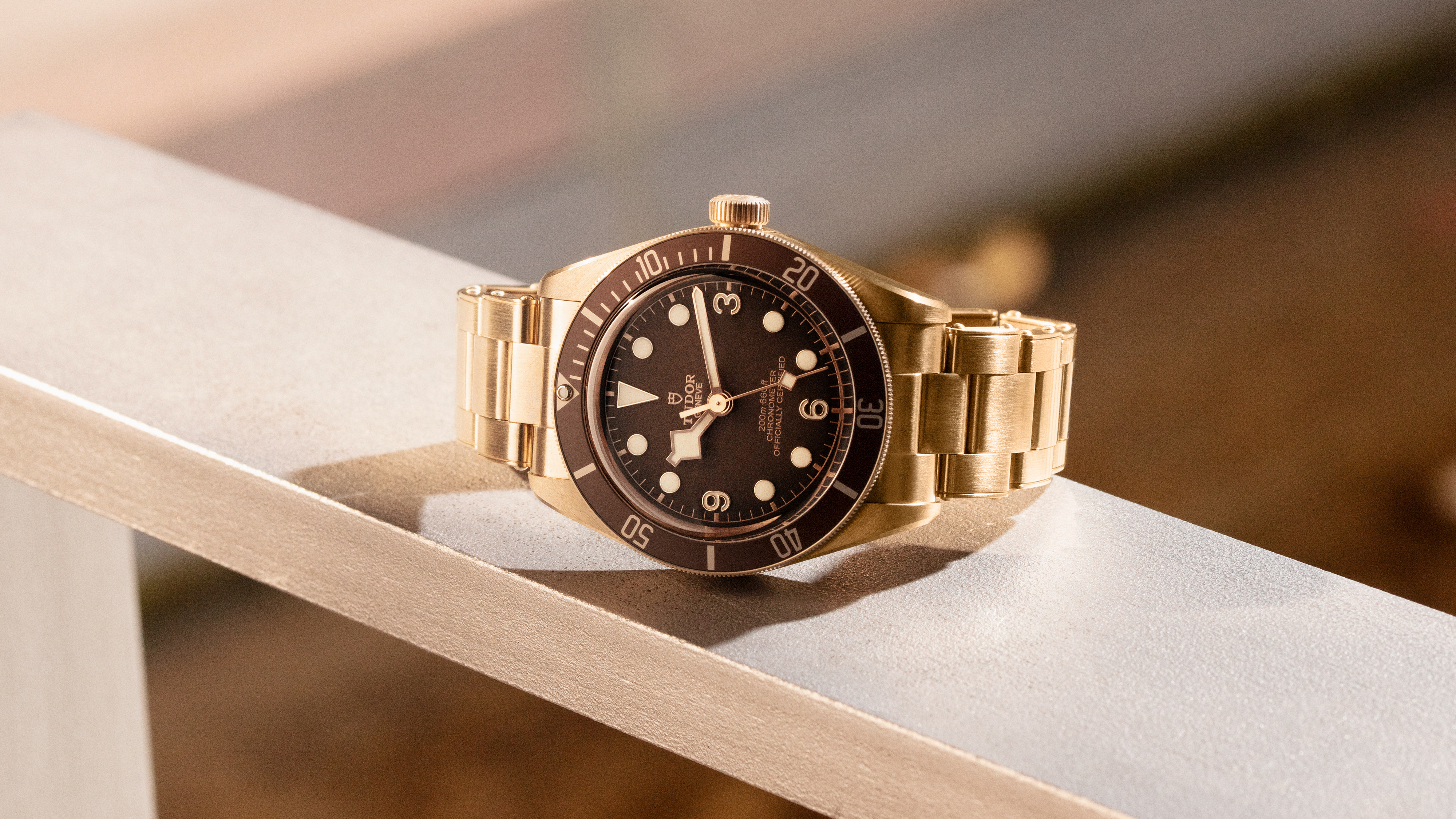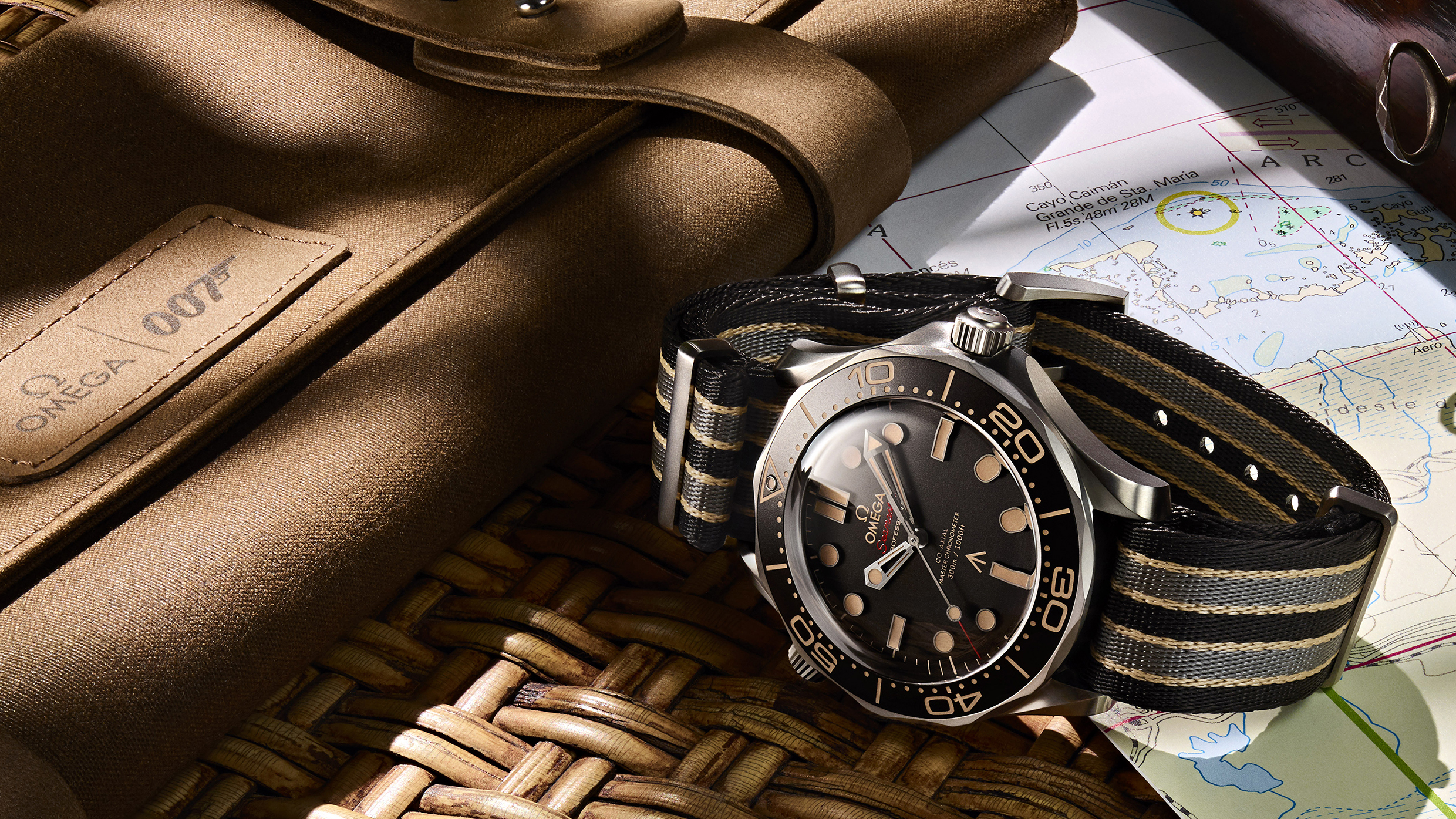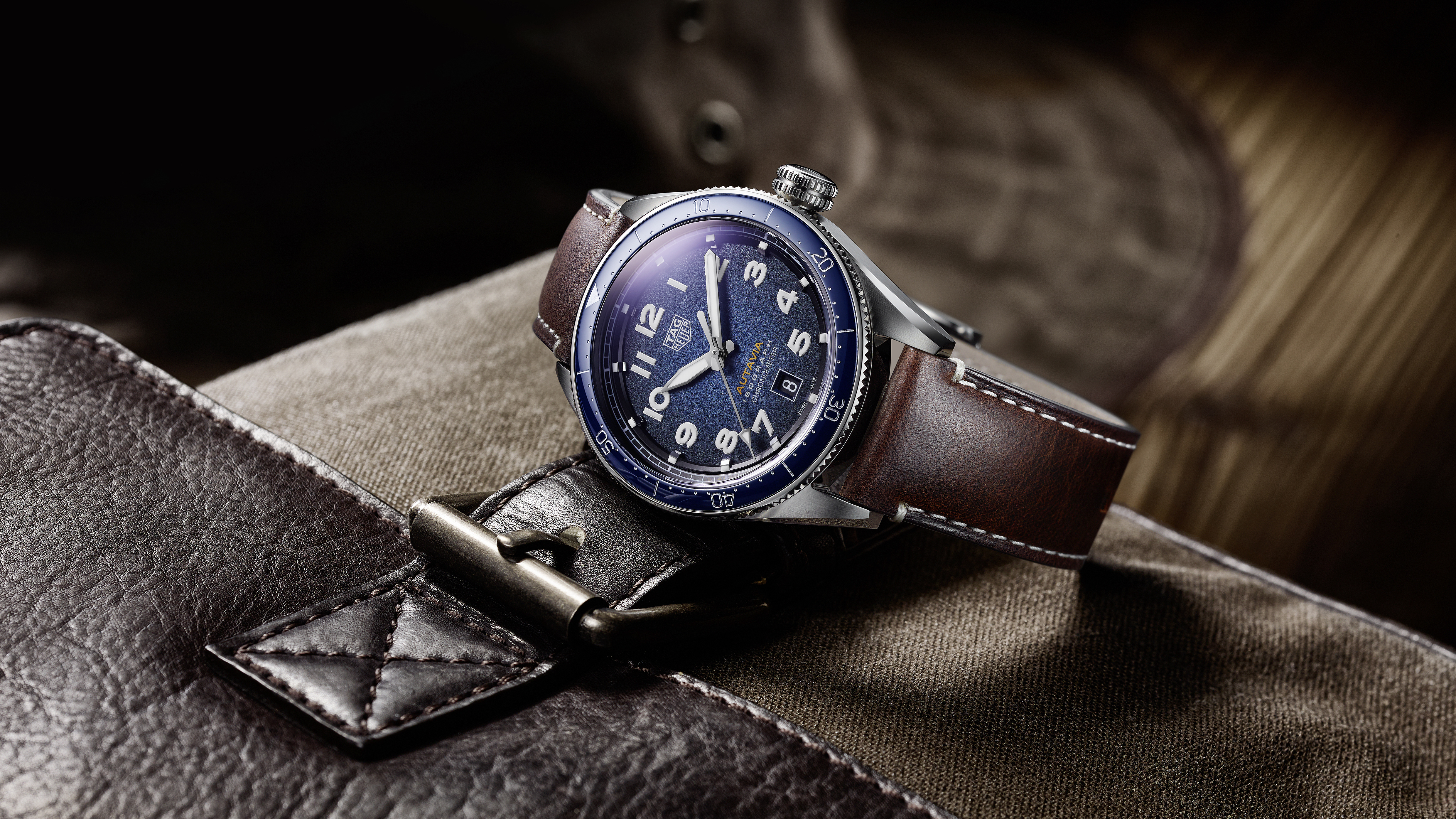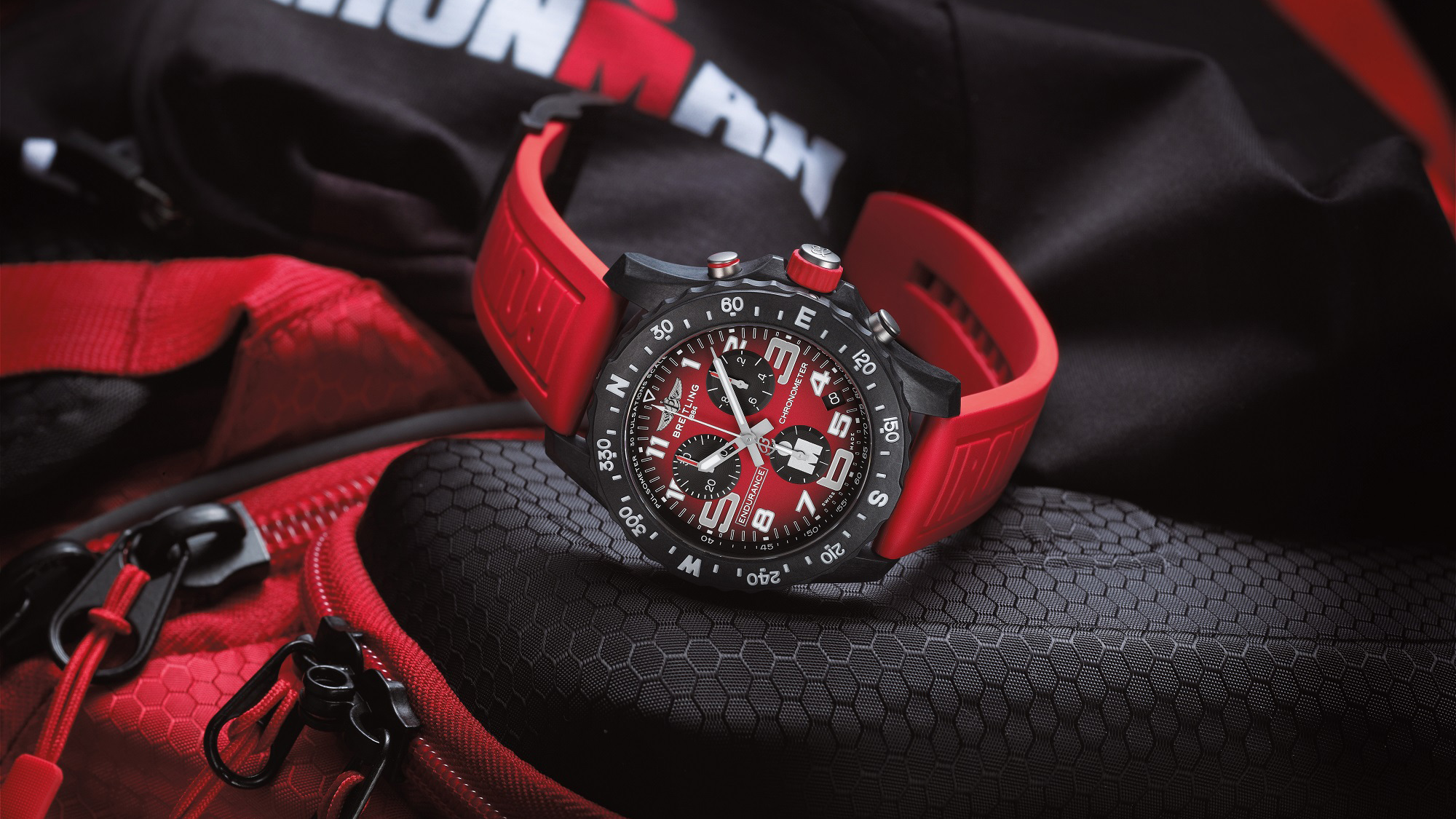

Luxury watches are no different to pieces of fine jewellery. They might boast of military-grade toughness and water resistance to further than you would ever dive, but with their precious metals, delicate movements and high prices, they need looking after to stay at their best.
Looking after a luxury watch isn’t too different to owning a classic car. Both have complex mechanisms that require regular servicing and a shimmering exterior that needs to be kept clean (or left to grow a unique patina), and both should be insured for peace of mind.
- Best watches under £1000
- Best watches for men: T3's ultimate guide to watches
- Best dive watch: stylish watches to suit any budget
In this article we will look at how best to care for your luxury watch, ensuring it will keep time and look its best for years or even generations to come.
1. Insurance
It isn’t the most glamorous of subjects, but we need to talk about insurance. There is no point spending thousands or even tens or hundreds of thousands on the watch of your dreams, only for you to drop it, catch it on a brick wall, or worse still, have it stolen.
As with any other insurance, the price you pay will depend on the model and value of the watch. Prices can start at under £5 a month, so we’re not talking car insurance costs here – unless you have a drawer full of Rolex Daytonas, of course.
Just like car insurance, do your research carefully, ensure you have suitable cover – ie, that you’ll always receive what the watch is worth if it is stolen, and you are insured against loss – and the peace of mind will be worth the bill.
You can also look at adding a watch to your household insurance policy, but do check that it will be properly covered to its full value, and for loss, damage or theft while away from home and abroad.
Sign up to the T3 newsletter for smarter living straight to your inbox
Get all the latest news, reviews, deals and buying guides on gorgeous tech, home and active products from the T3 experts
Finally, it is important to remember that luxury watches can appreciate over time, so it is worth making your insurer aware if the timepiece they cover is worth more now than when the policy started.

2. Winding
Since we’re talking luxury watches here, we are probably also talking about watches with mechanical movements that either self-wind or are manually wound.
Your watch should come with the manufacturer’s instructions for how best to wind it up, or if you have bought a second-hand watch missing its paperwork, your local watch retailer or brand-specific dealer will have the answer.
The golden rule is to not damage your watch by over-winding it. Modern mechanical watches have slipping clutches to prevent this from happening, but older timepieces are to be treated with more care. In a sentence, you should remove the watch to wind it without putting unnecessary strain on the mechanism, and stop winding as soon as you feel resistance. Winding the watch at a similar time each day should help to keep it accurate for longer.
If you wear your watch less often, you might want to buy a watch winder. These hold the watch and rotate it periodically to keep the mainspring wound and the time accurate.

3. Cleaning
Luxury watches might look tough, but sweat and the general grime of daily life can take their toll on any material, even gold, silver and stainless steel. For watches on a metal bracelet, you should remove the strap and carefully clean every surface with glass cleaner and a non-abrasive cloth. Jewellers' cloths, designed to buff metal to an impressive shine, can be bought online for a reasonable price.
Bronze watches are an anomaly here, as many are designed to wear with age, building a unique patina as they are exposed to oxygen. You can still clean these watches in the usual way, but their original look cannot be restored – and that’s the point.
When cleaning a watch with a leather or fabric strap you need to be more careful. Leather will naturally deteriorate due to the oils from your skin, but you can help to slow this process by using a microfiber cloth that is slightly damp with lukewarm water. Use this to clean the leather strap with a very small amount of regular soap.
After wiping both sides of the leather strap, take another slightly damp microfiber cloth and carefully rinse away the soap until the strap is clean. Now allow it to dry at room temperature.

4. Servicing
This can become a little daunting, especially if buying a luxury Swiss watch and hoping to keep it for many years. The servicing schedule and cost varies by manufacturer, but as a rough guide Rolex recommends a service every 10 years, and this can cost in the region of £500 to £700.
Restoration work, such as removing scratches or replacing a damaged crystal, will see this cost increase significantly.
It isn’t a requirement to have the watch serviced by the company that made it, or by the shop you bought it from, so it can be worth shopping around specialists to find a deal. That said, you should make sure you use a reputable specialist who is qualified in servicing your brand of watch, and can ensure the watch remains watertight afterwards.
As well as restoration, the specialist servicing your watch might also offer a cleaning and scratch-removal service if desired.
Liked this?
Alistair is a freelance automotive and technology journalist. He has bylines on esteemed sites such as the BBC, Forbes, TechRadar, and of best of all, T3, where he covers topics ranging from classic cars and men's lifestyle, to smart home technology, phones, electric cars, autonomy, Swiss watches, and much more besides. He is an experienced journalist, writing news, features, interviews and product reviews. If that didn't make him busy enough, he is also the co-host of the AutoChat podcast.
-
 3 overrated shoulder exercises, according to a fitness expert (and what to do instead)
3 overrated shoulder exercises, according to a fitness expert (and what to do instead)Sculpt 3D shoulders whilst minimising injury with these three alternative exercises
By Bryony Firth-Bernard Published
-
 Polar’s new subscription feature lands in the shadow of Garmin’s Connect+ rollout
Polar’s new subscription feature lands in the shadow of Garmin’s Connect+ rolloutPR genius or timing disaster? Polar’s new Fitness Programme adds adaptive training to its ecosystem
By Matt Kollat Published